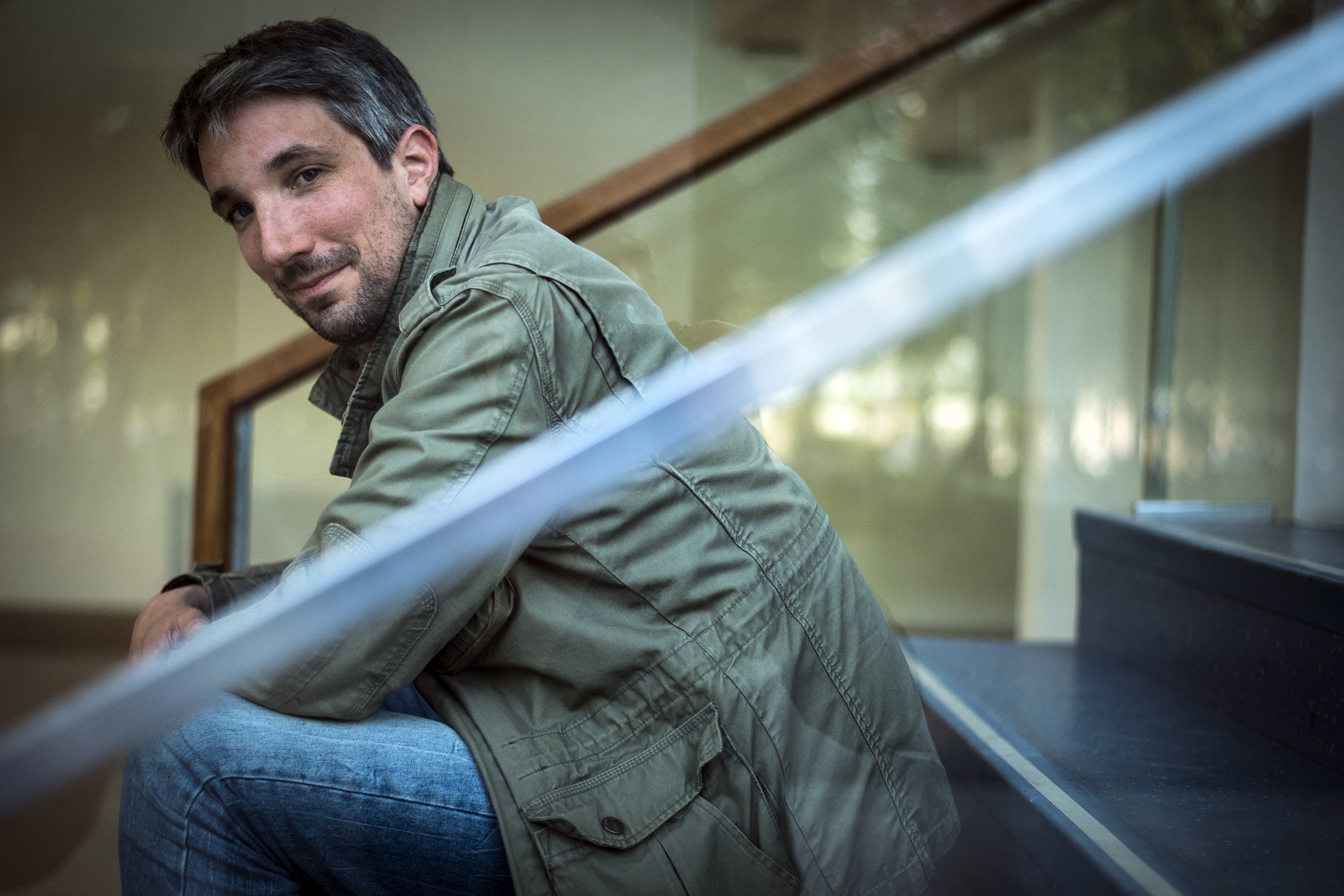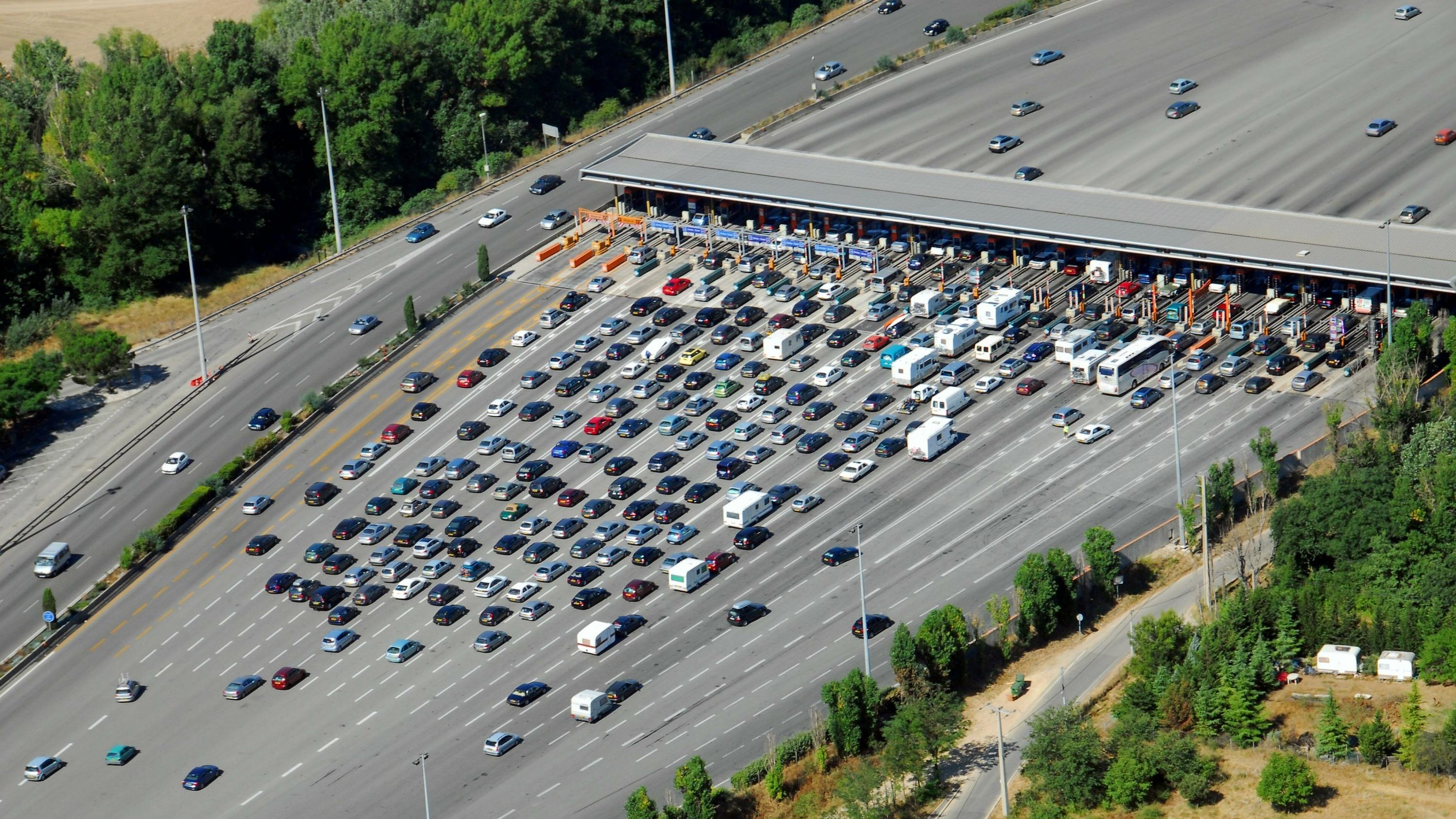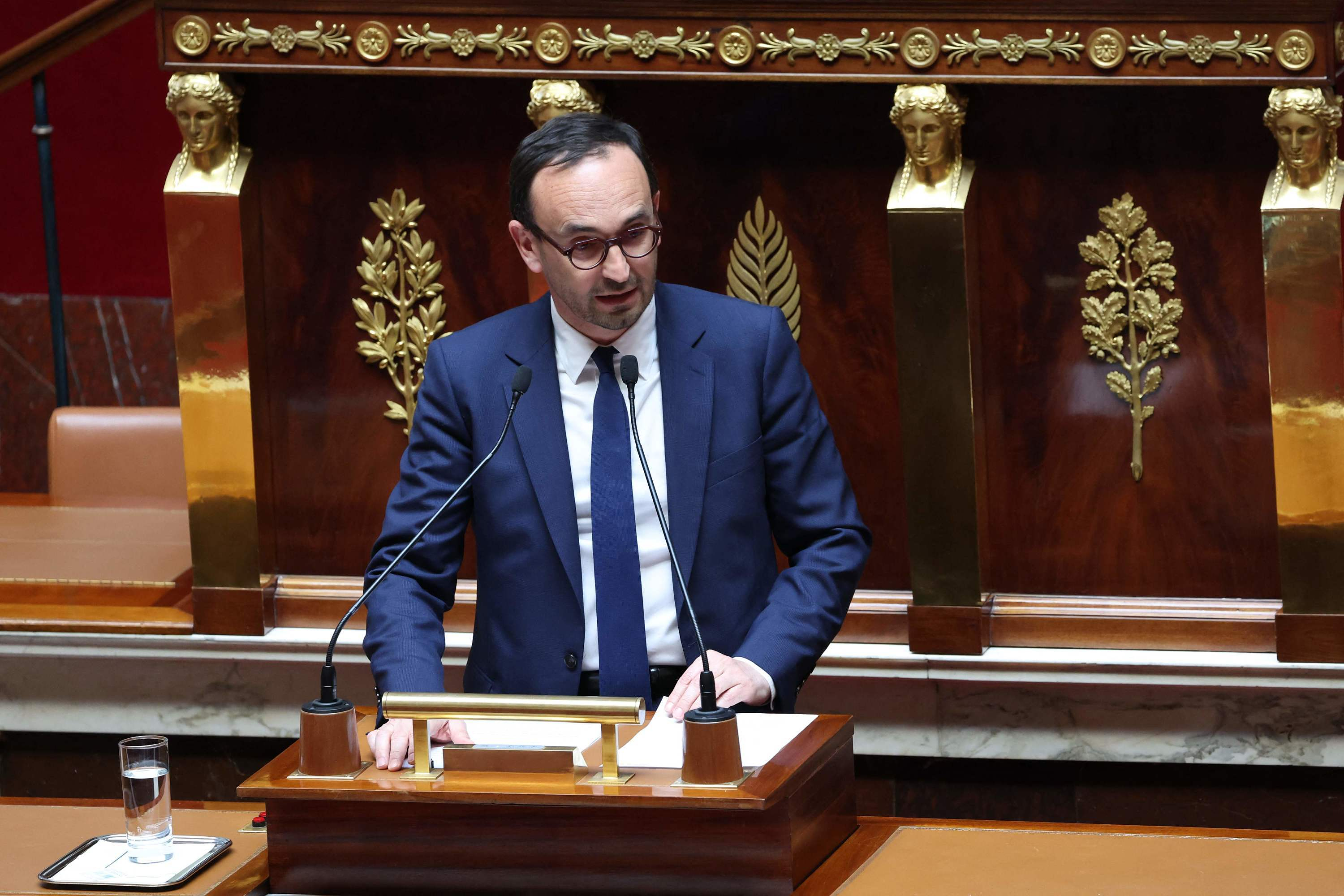Every year, Italy names a city its national capital of culture. For 2023, this title was awarded twice: to the less well-known places Brescia and Bergamo. Both are conveniently located in Lombardy on the A4 motorway between Milan and Venice, both are only 42 kilometers apart: ideal for a combined cultural trip. We have put together five good reasons for a visit.
Saturdays in the Piazza della Loggia: Brescia shops, fresh vegetables, fruit, ham, salami, fish, cheese, truffles. A market for the locals. Tourists and tourist kitsch are rare. The retailers behind the counter know their products inside out.
Brescia is a city that seems relaxed. People only gesture half as much as anywhere else in Italy - even at the weekly market. They used to leave anonymous messages criticizing the rulers on the so-called talking statues in the piazza.
In today's market tumult, there is no more time for that, although there are definitely reasons for criticizing today's rulers. (Saturdays, 7 a.m. to 2 p.m. There is also an antiques market every second Sunday of the month)
Today's Brescia was already an important center as Colonia Civica Augusta in Roman times. The Roman Capitolium bears witness to this. The Capitoline Temple from the first century and the adjoining theater have been partially reconstructed.
The city, the second largest in Lombardy after Milan, was heavily bombed during World War II. It is all the more astonishing that one finds a historic core in which numerous cultural monuments have been preserved that document 2000 years of history: from the Romans to the 20th century.
The town hall alone, the Palazzo Broletto, shows architectural elements from the 12th to the 18th century. The Duomo Nuovo next to it presents itself with a baroque to neoclassical façade and an 80 meter high dome - one of the highest in Italy, surpassed only by St. Peter's Basilica in Rome and Santa Maria del Fiore in Florence.
The monumental Piazza della Vittoria embodies the darkest part of the story. The medieval market district had to make way for this square in the 1920s and 30s. Il Modello del Fascismo was inaugurated by the Duce, Benito Mussolini, in person in 1932. "A terrible place," say many Brescian. "But he reminds us to be vigilant." (bresciatourism.it)
Brescia owes its World Heritage status to the Lombards: in 2011, Unesco selected seven Lombard sites, of which Brescia is the largest. The focus is on the monastery complex of San Salvatore - Santa Giulia.
During the migration of peoples, the North Germanic Lombards invaded Italy, after whom Lombardy is named. Legend has it that women wore long beards (longobards) to look like men, apparently increasing the strength of the army.
On June 13th, the city is in a state of emergency again, as always at the start of the Mille Miglia. The classic car race is traditionally started in Brescia and is one of the most famous rallies in the world. Almost a thousand vintage cars are taking part: Alfa Romeos, Bugattis, Mercedes Silver Arrows and other classic cars.
The special feature: They must have been built between 1927 and 1957. After the Corona years, the organizers are expecting a particularly large number of onlookers this year. (1000miglia.it)
A trip to Lake Garda is recommended for picking lemons, licking ice cream, swimming or boating. The first Lago exit from Brescia on the A4 is Desenzano, the largest town on the lake, the second is Sirmione with its famous moated castle and the third is Peschiera with its mighty fortifications. To the northern part of the lake, to Limone or Malcesine, you have to allow 30 to 60 minutes more. (gardalombardia.com; veneto.eu)
Since 1887, a funicular has climbed the 82 meters between the modern, lower part of Bergamo and the historic center (Centro storico), which towers above it like an eagle's nest with walls and bastions.
The città bassa, i.e. below, is home to the busy modern day, the parks and the 1300-seat Teatro Donizetti, while the città alta (above) has remained medieval and is almost completely car-free.
The Cathedral of Santa Maria Maggiore dominates the upper town. The Piazza Vecchia with the 52 meter high city tower represents secular power. Hermann Hesse described this square as "the most beautiful corner of Italy".
At the latest when strolling through the alleys and across the Piazza Vecchia, you also forget the terrible images of the many hearses from Bergamo from the beginning of the Corona pandemic that went around the world in 2020. (visitbergamo.net)
If you want to count the hundred chimes of the Campanone city tower, you need six minutes and six seconds. That's how long the ringing of the great bell, the largest in Lombardy, lasts. For centuries, it has struck a hundred times every evening from 10 p.m., as it did when the city gates were closed during Venetian rule.
During the day, it's worth climbing 230 steps (if you're too lazy, you can take the elevator up) to get one of the most beautiful views of Bergamo. (museodellestorie.bergamo.it)
Like Brescia, Bergamo is part of an overarching World Heritage Site: a long history links the works of the Venetian Line of Defense along the transnational route from Bergamo to Kotor in present-day Montenegro. In 2017, Bergamo was given World Heritage status, making it the tenth place in Lombardy to be recognized by Unesco.
Bergamo's city walls and bastions mainly date from the 16th and 17th centuries, replacing the existing Roman structures. 250 buildings, including a church and a monastery, were demolished to have enough building material for five kilometers of wall.
There were 14 bastions, four gates, two platforms, a hundred shooting ranges, two powder magazines and various underground passages. You can go for a walk on the city wall and to the west there are wonderful sunset motifs in the evening. (visitbergamo.net)
“La vera Stracciatella”, the true stracciatella ice cream, was invented in Bergamo in 1961; the original is at "La Marianna", where the popular ice cream with chocolate chips is still produced in the machines from 1961. The name comes from stracciare (to shred) because melted chocolate is added to the ice cream, which solidifies when stirred in and is "shredded" in the process.
Since the inventor Enrico Panattoni did not think about having the name protected by copyright at the time, many ice cream makers "stole" his idea. Of course, the stracciatella ice cream tastes best at the place where it is made, where the “Pasticceria La Marianna” has a good restaurant attached. (lamarianna.it)
Some think that Milan has three airports: Linate, Malpensa and Orio al Serio, also known as Milan-Bergamo, because from Bergamo-Orio al Serio Airport (the official name) it is only 20 minutes by motorway to Milan, the city of fashion and of the cathedral without campanile but with 135 small spiers. Through the telescopes installed on Bergamo's city walls you can already see as far as Milan.
In just 20 minutes you are at the southern tip of Lake Como, at the thermal baths of San Pellegrino, where the world-famous mineral water comes from, or in Franciacorta. This area south of Lake Iseo is also called the Champagne of Italy because the best sparkling wine in the country is pressed there. (mailand.com; comersee.de; comune.sanpellegrinoterme.bg.it; franciacorta.wine/de)

 What is chloropicrin, the chemical agent that Washington accuses Moscow of using in Ukraine?
What is chloropicrin, the chemical agent that Washington accuses Moscow of using in Ukraine? Poland, big winner of European enlargement
Poland, big winner of European enlargement In Israel, step-by-step negotiations for a ceasefire in the Gaza Strip
In Israel, step-by-step negotiations for a ceasefire in the Gaza Strip BBVA ADRs fall almost 2% on Wall Street
BBVA ADRs fall almost 2% on Wall Street Breast cancer: less than one in two French women follow screening recommendations
Breast cancer: less than one in two French women follow screening recommendations “Dazzling” symptoms, 5,000 deaths per year, non-existent vaccine... What is Lassa fever, a case of which has been identified in Île-de-France?
“Dazzling” symptoms, 5,000 deaths per year, non-existent vaccine... What is Lassa fever, a case of which has been identified in Île-de-France? Sánchez cancels his agenda and considers resigning: "I need to stop and reflect"
Sánchez cancels his agenda and considers resigning: "I need to stop and reflect" The Federal Committee of the PSOE interrupts the event to take to the streets with the militants
The Federal Committee of the PSOE interrupts the event to take to the streets with the militants Volvic factory shut down after “an act of malicious intent”: production can resume “at the earliest” on Friday
Volvic factory shut down after “an act of malicious intent”: production can resume “at the earliest” on Friday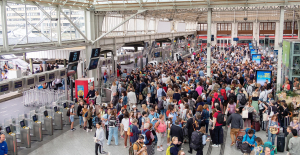 SNCF: algorithmic video surveillance in stations attacked before the CNIL
SNCF: algorithmic video surveillance in stations attacked before the CNIL Europeans: Macron's speech at the Sorbonne counted as speaking time on the Renaissance list
Europeans: Macron's speech at the Sorbonne counted as speaking time on the Renaissance list The government wants to strengthen its controls on cryptocurrency holders
The government wants to strengthen its controls on cryptocurrency holders Jean Reno publishes his first novel Emma on May 16
Jean Reno publishes his first novel Emma on May 16 Cannes Film Festival: Meryl Streep awarded an honorary Palme d’Or
Cannes Film Festival: Meryl Streep awarded an honorary Palme d’Or With A Little Something Extra, Artus and his disabled actors do better than Intouchable on the first day
With A Little Something Extra, Artus and his disabled actors do better than Intouchable on the first day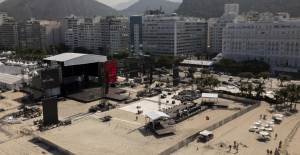 Madonna ends her world tour with a giant - and free - concert in Copacabana
Madonna ends her world tour with a giant - and free - concert in Copacabana Omoda 7, another Chinese car that could be manufactured in Spain
Omoda 7, another Chinese car that could be manufactured in Spain BYD chooses CA Auto Bank as financial partner in Spain
BYD chooses CA Auto Bank as financial partner in Spain Tesla and Baidu sign key agreement to boost development of autonomous driving
Tesla and Baidu sign key agreement to boost development of autonomous driving Skoda Kodiaq 2024: a 'beast' plug-in hybrid SUV
Skoda Kodiaq 2024: a 'beast' plug-in hybrid SUV The home mortgage firm rises 3.8% in February and the average interest moderates to 3.33%
The home mortgage firm rises 3.8% in February and the average interest moderates to 3.33% This is how housing prices have changed in Spain in the last decade
This is how housing prices have changed in Spain in the last decade The home mortgage firm drops 10% in January and interest soars to 3.46%
The home mortgage firm drops 10% in January and interest soars to 3.46% The jewel of the Rocío de Nagüeles urbanization: a dream villa in Marbella
The jewel of the Rocío de Nagüeles urbanization: a dream villa in Marbella Europeans: a senior official on the National Rally list
Europeans: a senior official on the National Rally list Blockade of Sciences Po: the right denounces a “drift”, the government charges the rebels
Blockade of Sciences Po: the right denounces a “drift”, the government charges the rebels Even on a mission for NATO, the Charles-de-Gaulle remains under French control, Lecornu responds to Mélenchon
Even on a mission for NATO, the Charles-de-Gaulle remains under French control, Lecornu responds to Mélenchon “Deadly Europe”, “economic decline”, immigration… What to remember from Emmanuel Macron’s speech at the Sorbonne
“Deadly Europe”, “economic decline”, immigration… What to remember from Emmanuel Macron’s speech at the Sorbonne These French cities that will boycott the World Cup in Qatar
These French cities that will boycott the World Cup in Qatar OM-Atalanta: the lines of the match
OM-Atalanta: the lines of the match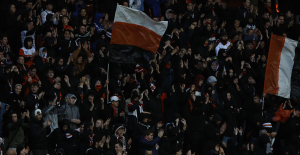 Ligue 1: Lorient supporters invade the training center
Ligue 1: Lorient supporters invade the training center Hand: Montpellier overthrown by Kiel in the Champions League
Hand: Montpellier overthrown by Kiel in the Champions League Tennis: Medvedev gives up, Lehecka in semi-finals
Tennis: Medvedev gives up, Lehecka in semi-finals




